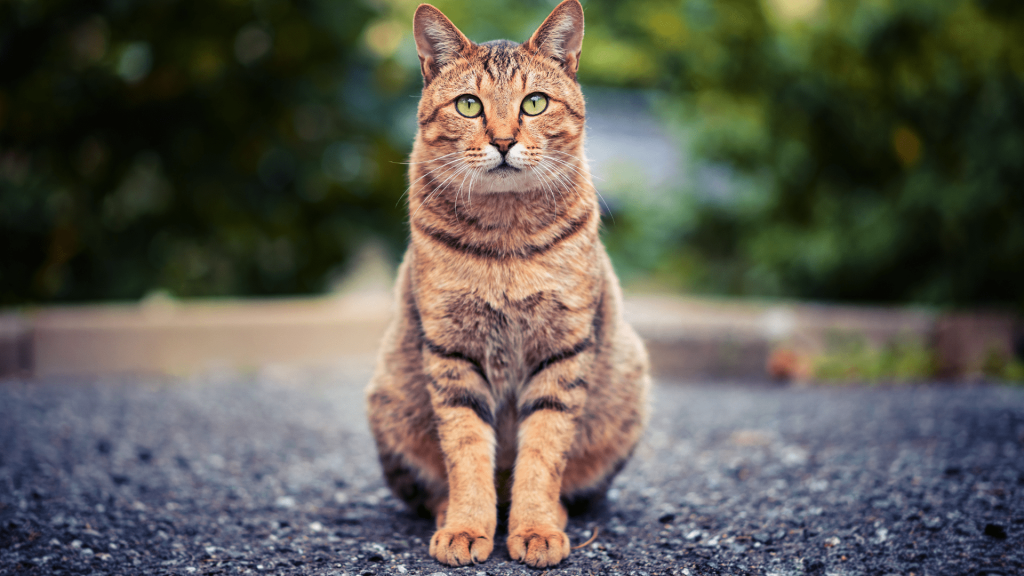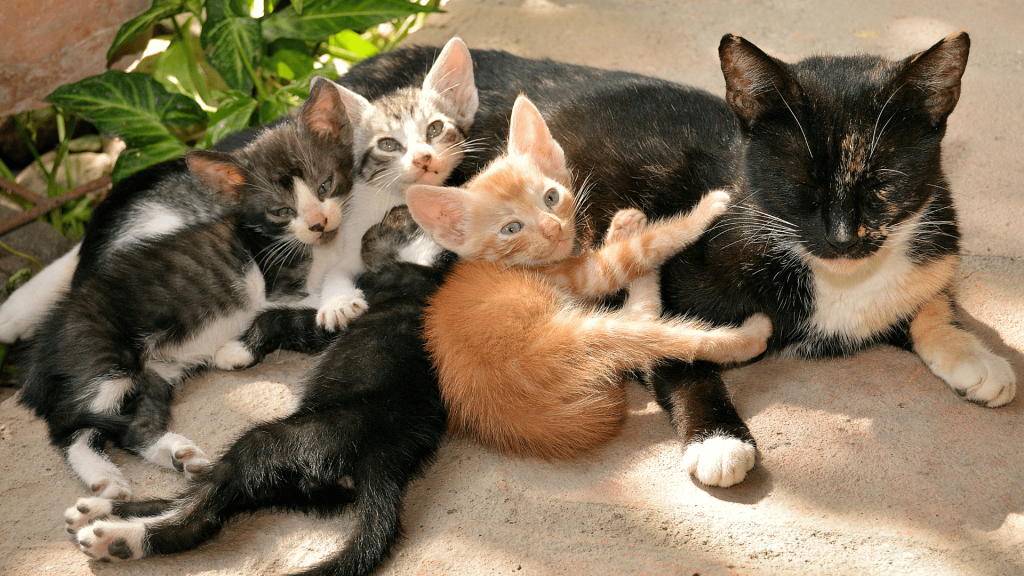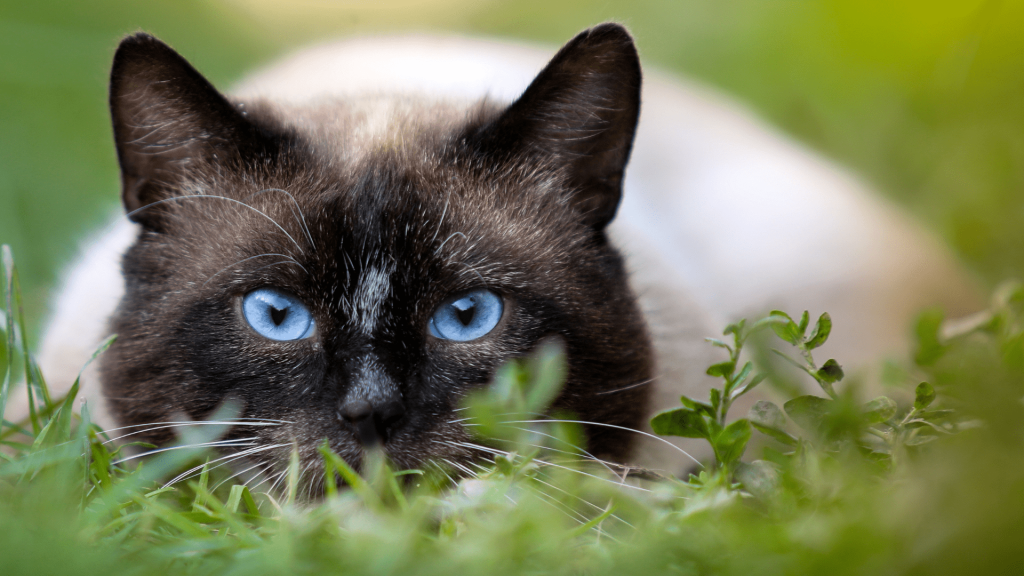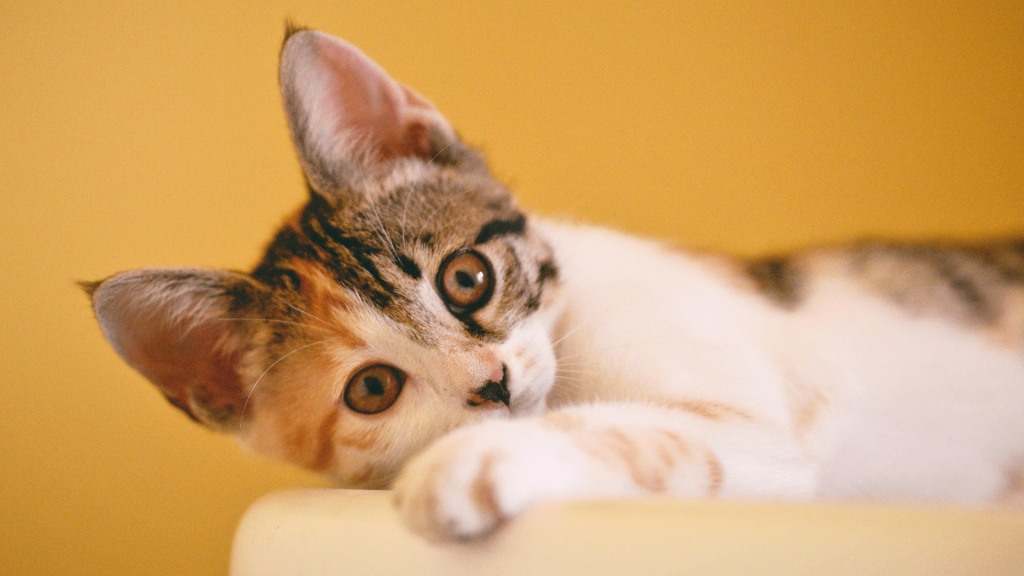Top 20 Facts About Cats

Facts About Cats
.Size
Up to 17.7 inches (45 cm) (shoulder height); up to 48.4 inches (123 cm) (length)
. Speed
Up to 30 mph (48 km/h)
.Weight
5.5-17.6 lb (2.5-8 kg)
.Lifespan
12-15 years
. Food
Mice, rats, birds
.Habitat
Everywhere in the world
. Order
Carnivore
. Family
Cats
. Scientific name
Felis silvestris catus
. Characteristics
For 9,500 years, people have kept cats as pets.
Top 20 Facts About Cats

For thousands of years, people have preferred keeping cats as pets. It is simple to understand why cats frequently make amiable and laid-back companions. There must be something about cats that you can enjoy, whether you prefer dogs or cats. There may be a lot of stuff about them that you didn’t know. If you are barking mad and normally disapprove of feline partnerships, we hope you reconsider!
01. The earliest domestic cat has domesticated 9,500 years ago
This fascinating cat tidbit will amaze guests at your upcoming dinner party. Did you know that the cat first believes to have been domesticated by the Egyptians? Yet, in Cyprus, a 9,500-year-old cat grave was unearthed in 2004 by French researchers. It makes the oldest pet cat ever discovered, at 4,000 years older than any cat-related Egyptian artwork.
02. Cats groom themselves for between 30 and 50 percent of the day
Are you so tidy? This conduct accomplishes the following goals: It stimulates blood flow, cools cats down, helps them tone down their scent so they can escape predators, and distributes natural oils evenly throughout their coats to stay warm and dry. It’s believed that saliva includes enzymes that act as raw wound antibiotics. Grooming also serves as a symbol of affection between two cats.
03. Cats slumber for 70% of their lives
You would be correct if you assumed cats slept most of the time. According to Veterinary Hub, cats sleep between 13 to 16 hours daily or 70% of their lifespan. A cat’s life, indeed!
04. Cats always come to rest on their feet

Although this misconception generally holds, it is only sometimes accurate. Most of the time, cats fall on their feet!
They can even posture themselves perfectly when falling. It only occurs at a height of about 60 cm. As long as there are no obstacles, they could run into or get caught in, rendering them disoriented and preventing them from correctly positioning themselves.
When falling from higher altitudes, even though they have plenty of time to make this rotation, the crash may be so violent that it can result in fractures, severe internal organ damage, and in some cases, the animal’s death. They might need more time to make this rotation when falling from lower altitudes.
Consequently, to ensure your cat is always safe, especially if you live on a high floor, keep the windows locked or properly secured with safety nets to avoid future problems or heartbreak.
05. There was a cat in space
Cats are drowsy creatures, but they do have brave aspirations. Felicette, an astronaut, was the first feline to travel into space in 1963, launching France into the space race. Felicette was not your typical cat; Before 13 other cats, she chose to begin the astronaut training program.
Yet, many believe that Felicette has unfairly overlooked while the first chimpanzees and canines to travel to space have. This event sparked a crowdsourcing drive in 2017 to give Felicette the send-off she deserved, which resulted in the construction of a statue in her native France two years later.
06. Cats walk like giraffes and camels
Have you ever noticed how cats walk similarly to giraffes and camels? They move half of their body forward at once by walking with both right feet first, then both left feet.
Only giraffes and camels are known to use this path.
07. Cats are notoriously picky eaters
Most cat owners have probably noticed how picky their cats can be about food. It’s like a game. She refuses the dry biscuits for a while, but eventually, you cave and offer her some of the juicy chicken you’ve had on your plate.
Nevertheless, it goes far beyond that. Cats are known to refuse food they find unpleasant until they are starving. Cats are undoubtedly the animal that takes home the prize for being the most obstinate. However, some things that cats find delicious are hazardous. You might not be aware that foods like onions, raisins, grapes, and garlic harm cat organs.
08. The world’s oldest cat lived to be 38 years old

When he went away, the oldest cat to ever live was 38 years and three days old. Grandpa Rex Allen, the previous record-holder for oldest cat, died at the ripe old age of 34, and his owner Jake Perry also owned Crème Puff, who was born on August 3, 1967, and lived until August 6, 2005. Jake Perry always does things correctly!
09. A cat’s lifespan is equivalent to 15 years in a person’s life
Cats age considerably more quickly than people do, and they also have shorter lives.
Thus, a cat’s first year of life is equivalent to 15 human years.
10. Cats have a top speed of 30 mph
Cats move incredibly quickly.
Their top Speed is 30 mph.
That’s roughly the maximum Speed a car can go on a regular road!
11. Cats are not trainable
Due to their peculiarities, cats might present additional training problems, but they are always manageable. So everything is motivated, much like other creatures.
And the secret to any training, including cat training, is finding the proper motivator.
Since many cats only live indoors, in enclosed spaces, good training may be necessary to provide their basic needs while enabling them to maintain a stimulating environment.
Training keeps them mentally engaged and helps improve the emotional relationship between cat owners and their pets, as long as the sessions are brief and engaging to prevent them from disheartening.
If you start seeing results later, keep going. Maintain the mood and frequency of training sessions by providing your cat with affection, toys, or delectable treats as they like.
12. Human allergies affect cats

Your cat may have an allergy to you. Every 200 cats kept as pets have asthma. The culprits include indoor human dandruff, dust, pollen, and cigarette smoke. Most of these are domestication and human involvement products.
13. A cat cannot chew
When it comes to slanting your jaw, you are in the lead. Cats are unable to chew because they can’t produce the grinding motion. Cats only consume food by breaking it into pieces and swallowing it or by crushing cat treats.
14. The melodic nature of cats
Like birds, cats have a variety of sounds they create. Dogs can only create ten sounds. However, cats can make up to 100! That’s some musical talent right there.
15. cat night vision built-in
Cats can’t see very far, but dogs have more excellent peripheral and night vision. Because of this, they have far superior night vision than you have. It’s very similar to using night vision goggles.
16. The “Mau” was the name of the first domestic cat

The Egyptian Mau is the earliest breed of domestic cat. This cat breed is among the fastest in the world and still exists today.
17. They have 18 toes altogether
A lot of toes that is!
Each of a cat’s front paws has five toes.
Then, their back paws have four toes.
18. The world’s wealthiest cat owned £7 million
Blackie is the richest cat in the world, according to Guinness World Records. When his wealthy owner passed away, he didn’t include his family in his will but instead handed Blackie a $7 million endowment. We can’t believe that exciting cat knowledge.
19. House cats and tigers have a 95.6% genetic similarity
This fascinating cat-related truth will astound you. A study found that tigers and our tiny domestic cats had 95.6% genetic similarity!
They also exhibit many of the same behaviors, including stalking and pouncing on prey, marking of scent and urine, and these.
20. Or is that a nose print?
As we do with our fingerprints, your cat has their distinctive print. The typical pattern of ridges on a cat’s nose is highly reminiscent of the individual banks on a human finger.
Anatomy and Appearance

Eyes
Besides hearing, one of a cat’s most acute senses is sight. They can see six times more clearly than people. And they do this despite being born deaf and blind. Cats have excellent night vision as well. Three factors account for this: 1. They have very wide-open pupils. 2. Their cones for light-dark vision are especially numerous. 3. They have a distinct layer known as the “tapetum lucidum,” which translates to “luminous carpet” behind the retina. It improves the cat’s night vision by reflecting light that enters the eye. Also, this explains why lit-up cat eyes glow in the dark.
Ears
Each ear in cats has 32 muscles. They can now turn their ears 180 degrees as a result. There are just six ear muscles in humans.
Whiskers
Cats are known to utilize their whiskers as a distance meter. They would use this method to determine whether they could fit through a hole if they were substantial. But as the animals gain or lose weight, their whiskers do not get shorter or longer. With aging, the whiskers do not become longer either. The breed and inherited variables affect the length.

Tongue
Hundreds of tiny, delicate “spines” can be found on cats’ long, rough tongues. The term “papillae” refers to what resembles small hooks. The spines have a lot of advantages. They assist with more than taste. They act like a comb while brushing the fur. They help in getting the water into the mouth during a drink.
Toes
The front paws have five toes, whereas the back feet have just four. Cats walk on their toes. They do so by stepping on their toes. On the other hand, there are apex walkers like ungulates, sole walkers like bears, and knuckle walkers like chimps.
Bones
The average cat has 230 bones. For example, a dog has about 320 bones, compared to 206 for a human. The snake with the most bones is the python, which has 1,800 bones and 600 vertebrae.
Diet
Do They Like Sweets?
Even if cats could speak, they could not respond to this query. Sweetness cannot test. Yet, consuming excessive amounts of sugar might result in significant health issues.
Do They Tolerate Milk?
No. Because we are lactose intolerant, milk shouldn’t be drunk. In milk, there is a sugar called lactose. It causes intestinal issues for them. For the first four weeks, kittens can only tolerate their mother’s milk.
Senses and Abilities
Sounds
Cats do more than meow. Dogs only have roughly ten sounds that they can make.

Electric Sense
Cats can feel primary electric vibrations.
Broken Bones
When domestic cats, cougars, cheetahs, and ocelots purr, they create sound waves that help mend bone tissue because they transmit through the air. Humans’ bone density is increased and stimulated by sound waves with a frequency range of 20 to 50 Hertz (the measurement unit for sound).
Behavior
They Wash themselves to Relax
Cats use their tongue and paws to groom themselves. They clean their fur in this manner. Yet, people also do it to relax. For instance, after engaging in combat with another animal or when they are anxious.
Can Cats Enjoy the Water?
It’s a common misconception that cats dislike water. Or perhaps even that they are scared of it. You must be aware that animals lack waterproof fur to comprehend the cause of this. They are slower because the wet coat is thicker, the water doesn’t run off, and they quickly become chilly. There are, however, several breeds that adore the water. And they swim. For instance, the Bengal, American Shorthair, Turkish Van, Turkish Angora, Maine Coon, and Norwegian Forest Cat. Swimmable big cats include tigers and jaguars.

Intelligence
The Mirror Test
A cat perceives a conspecific when it looks in a mirror. But because it doesn’t “smell” like a cat, people ignore it. In the mirror, they fail to recognize themselves.
Facts About Cats – Frequently Asked Questions
Do cats make good pets?
Over 40 million American families have pet cats, which make excellent companions.
How long do cats typically live?
A well-cared-for cat can live for 12 to 18 years.
What is the scientific name for cats?
Felis Catus is the scientific or Latin term for the domestic cat.
Why do cats dislike water?
Cats dislike being wet because it causes their fur to become saturated and causes them to take a very long time to dry.
Do cats know their names?
They do, yes. According to a study, cats could tell their names apart from other words that they say to them.

Bottom-up
So, I hope you got the full idea on Top 20 Facts About Cats.
Please comment below about your ideas and share this “ Top 20 Facts About Cats ” article with your friends.
Stay tuned with our website to find out more exciting stuff. Don’t forget to check out our previous articles too.
Until You can read: Can Dogs Eat Pork Rib Bones? 5 FAQ
